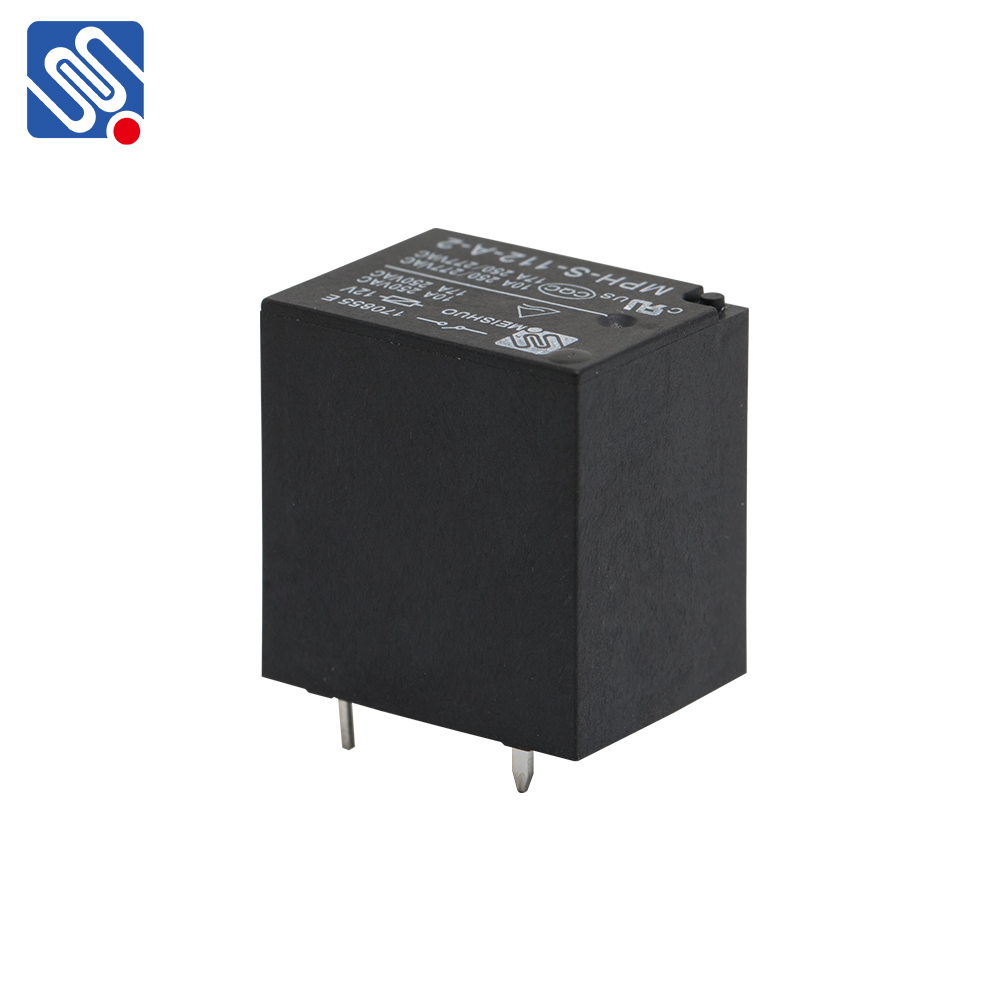Relays are essential components in various electrical and electronic systems. These electromagnetic switches allow for the control of higher voltage or current circuits by a smaller control signal. Whether you are designing a home automation system, working on industrial machinery, or creating automotive systems, understanding relay specifications is crucial. This article explores the key specifications of relays and why they matter in selecting the right relay for your application.

1. Rated Voltage One of the most critical relay specifications is the rated voltage. This refers to the maximum voltage that the relay can safely handle. Relays typically have two types of rated voltages: Coil Voltage: The voltage required to energize the relay’s coil and initiate switching. Common coil voltages include 5V, 12V, 24V, and 48V. Contact Voltage: The maximum voltage that the contacts of the relay can handle when the relay is in operation. This is crucial for ensuring the relay can switch safely without damaging its components. For safety and reliability, the contact voltage should always be equal to or higher than the operational voltage of the circuit it is controlling.